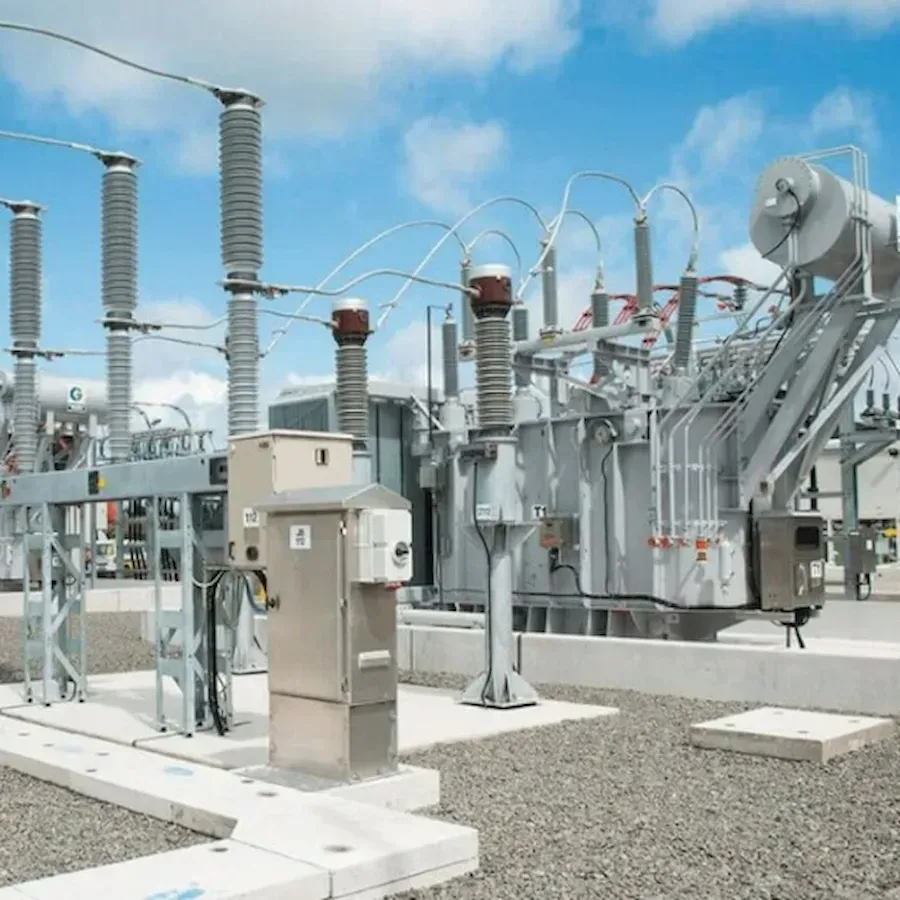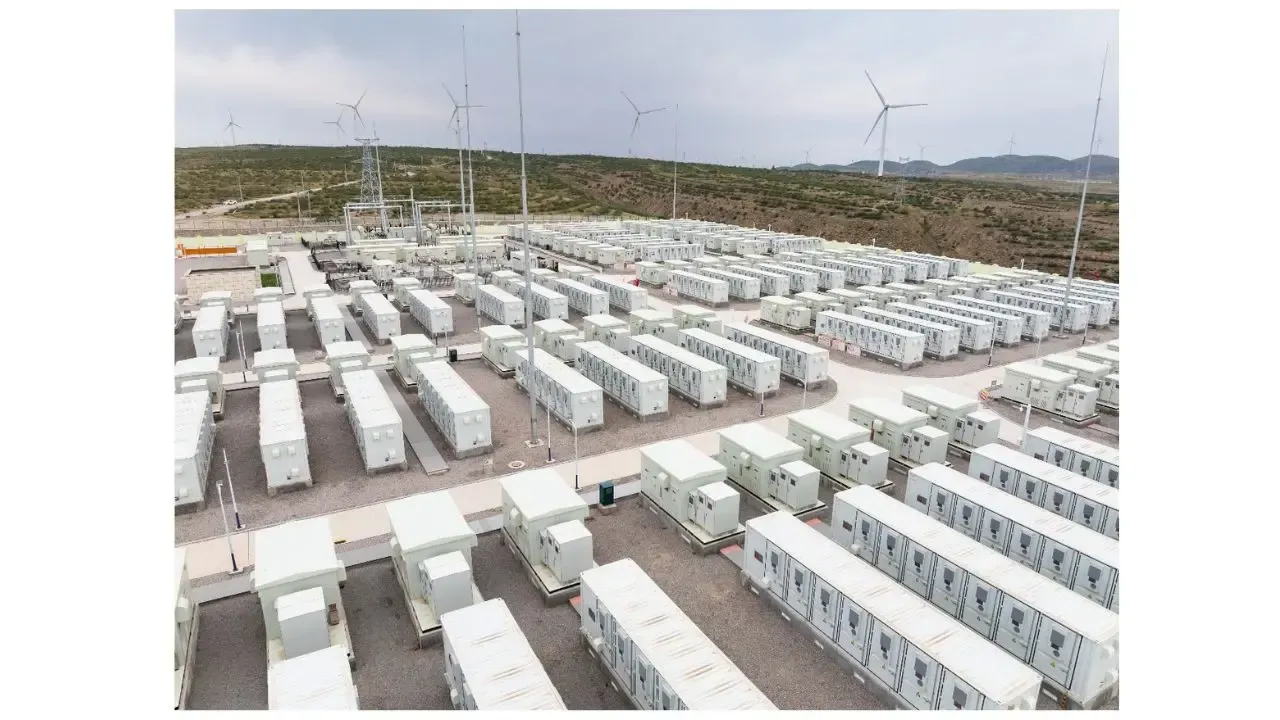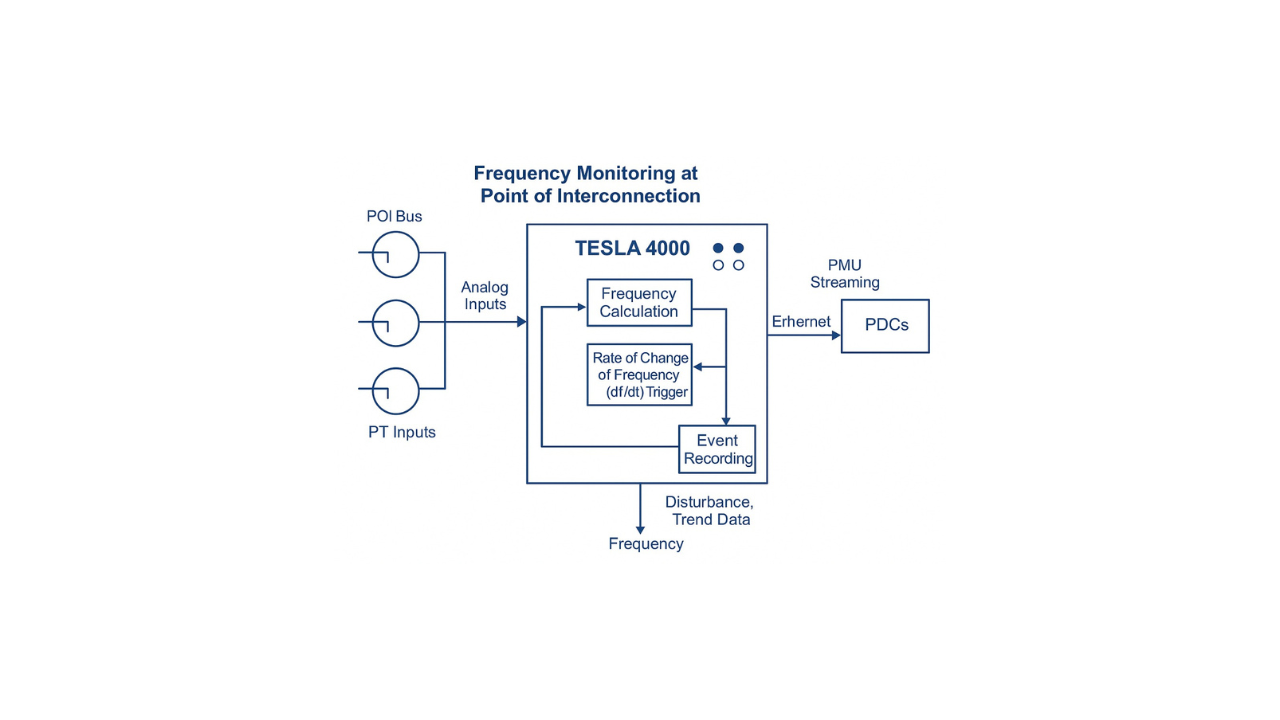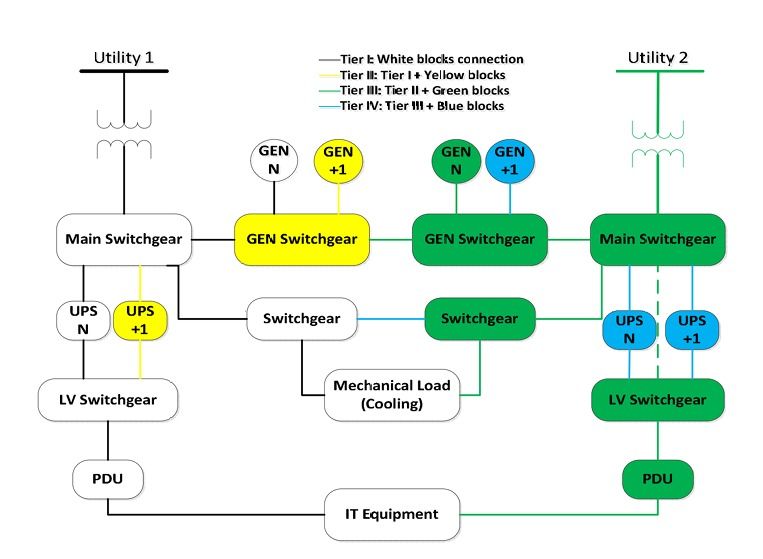A Coordinated Electric System Interconnection Review—the utility’s deep-dive on technical and cost impacts of your project.
GIC Mitigation and Transformer Thermal Assessment Services by Keentel Engineering
May 15, 2025 | Blog
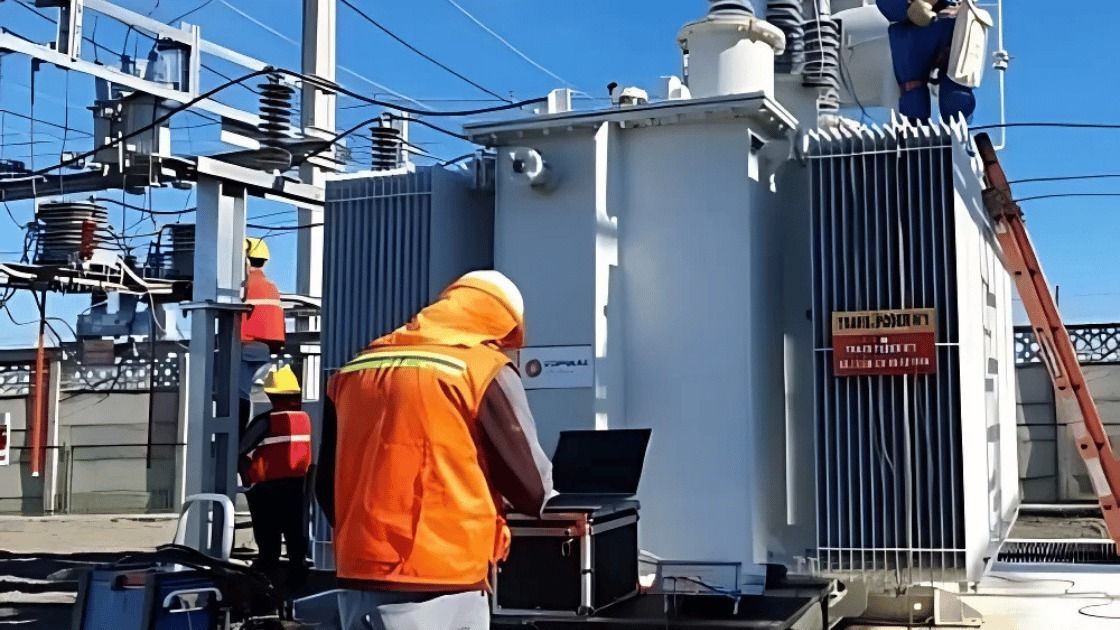
Introduction: Understanding GIC Risk in Modern Power Systems
Geomagnetic disturbances (GMDs) caused by solar activity can induce quasi-dc currents in the power grid, known as geomagnetically-induced currents (GICs). These currents pose a significant risk to high-voltage transformers and the stability of the Bulk Electric System (BES). As a leader in GIC mitigation and thermal analysis, Keentel Engineering provides advanced GIC modeling services and transformer thermal impact assessments, ensuring full NERC TPL-007-1 compliance and long-term grid resilience.
What Are GICs and Why Do They Matter?
GICs occur when fluctuations in the Earth’s magnetic field—caused by solar storms—interact with the Earth’s conductive surface, creating electric fields. These electric fields drive quasi-dc currents into power systems, flowing through transformers and grounding paths.
Impacts of GICs include:
- Hot spot heating and insulation degradation
- Harmonics and voltage instability
- Reactive power loss and system failures
NERC TPL-007-1 Compliance Requirements
The NERC TPL-007-1 standard requires utilities to:
- Model benchmark GMD events (1-in-100-year)
- Perform transformer thermal assessments
- Implement mitigation strategies for at-risk assets
Keentel’s GIC Modeling Services
Keentel Engineering delivers GIC evaluations with precision using tools like PSCAD and EMTP-RV. Our modeling scope includes:
- Geoelectric field calculations with Earth conductivity layers
- DC network modeling of transformers and ground grids
- Dynamic GIC(t) simulation with regional scaling
Transformer Thermal Assessment Capabilities
We assess thermal risk using:
- Manufacturer Curves: Comparing effective GIC to safe thermal thresholds.
- Thermal Response Models: Simulating hot-spot temperature rise using IEEE Std C57.91 parameters.
This data-driven method ensures safe loading limits are not exceeded during GMD events.
Engineering Judgment and Regional Risk Scaling
Keentel incorporates:
- Latitude-dependent scaling (α)
- Earth model variability (β)
- Transformer type-specific behavior
- Power System Study Solutions for scenario impact analysis
Why Choose Keentel Engineering?
Our end-to-end GIC mitigation solutions integrate:
- Accurate transformer risk profiling
- Thermal hotspot forecasting
- NERC-compliant modeling and documentation
FAQs- GIC and Transformer Thermal Assessment
What is a GIC in power systems?
A GIC is a quasi-dc current induced by geomagnetic disturbances that flows through transformers and ground paths in the power grid.
What causes GICs?
GICs are caused by changes in the Earth’s magnetic field during solar storms, which induce electric fields that drive current in conductive structures like transmission lines.
How does GIC affect transformers?
GIC can saturate transformer cores, generating harmonics, heating windings and metallic structures, and potentially damaging insulation.
What is the NERC TPL-007-1 standard?
TPL-007-1 requires entities to evaluate their systems against benchmark GMD events and implement mitigation if necessary.
What are benchmark GMD event parameters?
These include a peak geoelectric field magnitude of up to 20 V/km, adjusted based on geomagnetic latitude and earth conductivity.
What software tools are used for GIC modeling?
Tools like PSCAD, PowerWorld, and EMTP-RV support GIC modeling. Keentel uses validated software compliant with NERC procedures.
What is the role of Earth conductivity in GIC modeling?
Earth conductivity affects how electric fields propagate. A 1D or 3D conductivity model determines surface impedance and field strength.
How is the geoelectric field calculated?
It’s derived from magnetic field measurements using FFT and Earth impedance models.
What is the skin depth in GIC studies?
It refers to how deep magnetic fields penetrate the Earth; in GIC studies, it can range up to hundreds of kilometers.
What types of transformer configurations are susceptible to GIC?
Grounded-wye windings are most susceptible. Delta windings block GIC flow due to lack of ground connection.
What is half-cycle saturation?
It occurs when dc-like GIC biases the ac flux in the core, causing asymmetrical flux and increased losses.
What are hot spot temperatures?
These are local high temperatures in transformer windings or structural parts due to GIC-induced losses.
What thresholds define GIC thermal risk?
IEEE C57.91 suggests 180–200°C as emergency limits for metallic hot spots.
What is effective GIC (Idc,eq)?
It’s a calculated value combining the GIC in different windings of an autotransformer, adjusted for turns ratio.
How is time series GIC(t) calculated?
Using directionally scaled GICE and GICN values with real-time EE(t) and EN(t) electric fields.
Can GIC modeling ignore shield wires?
Typically yes, as their impact on steady-state GIC is minimal.
What’s the difference between Rac and Rdc for conductors?
Rdc is typically used for GIC modeling. Rac is slightly higher due to skin effects at power frequency.
How do ground grid resistances affect GIC flow?
Lower resistance paths increase GIC current into substations, emphasizing accurate ground modeling.
What is a GIC blocking device?
Equipment installed between transformer neutral and ground to inhibit GIC flow, often a resistor or capacitor.
What factors affect transformer thermal susceptibility?
Transformer design, insulation aging, oil moisture, and cooling mode all play roles.
What are thermal time constants?
Time it takes for transformer parts to heat up in response to GIC. Winding constants are typically 2–10 minutes.
What is the reference geoelectric field waveform?
A standard time series profile used for simulating GIC impacts, based on historic storms.
Is GIC modeling performed in three phases?
No, it’s usually single-phase with total GIC divided by three for per-phase analysis.
How does latitude scaling (α) affect GIC magnitude?
Lower latitudes experience weaker GICs; scaling ensures correct geographic representation.
How does Keentel ensure compliance with NERC?
By applying rigorous modeling, thermal simulations, and engineering judgment aligned with TPL-007-1 and IEEE guides.
Protect Your Transformers from GIC Damage — Partner with Keentel Today
Need GIC and transformer thermal assessments done right? Contact Keentel Engineering today. We help utilities meet NERC compliance, protect grid assets, and plan for tomorrow’s challenges.

About the Author:
Sonny Patel P.E. EC
IEEE Senior Member
In 1995, Sandip (Sonny) R. Patel earned his Electrical Engineering degree from the University of Illinois, specializing in Electrical Engineering . But degrees don’t build legacies—action does. For three decades, he’s been shaping the future of engineering, not just as a licensed Professional Engineer across multiple states (Florida, California, New York, West Virginia, and Minnesota), but as a doer. A builder. A leader. Not just an engineer. A Licensed Electrical Contractor in Florida with an Unlimited EC license. Not just an executive. The founder and CEO of KEENTEL LLC—where expertise meets execution. Three decades. Multiple states. Endless impact.
Services

Let's Discuss Your Project
Let's book a call to discuss your electrical engineering project that we can help you with.

About the Author:
Sonny Patel P.E. EC
IEEE Senior Member
In 1995, Sandip (Sonny) R. Patel earned his Electrical Engineering degree from the University of Illinois, specializing in Electrical Engineering . But degrees don’t build legacies—action does. For three decades, he’s been shaping the future of engineering, not just as a licensed Professional Engineer across multiple states (Florida, California, New York, West Virginia, and Minnesota), but as a doer. A builder. A leader. Not just an engineer. A Licensed Electrical Contractor in Florida with an Unlimited EC license. Not just an executive. The founder and CEO of KEENTEL LLC—where expertise meets execution. Three decades. Multiple states. Endless impact.
Leave a Comment
We will get back to you as soon as possible.
Please try again later.
Related Posts


